Twenty years after the tsunami: ‘It feels like yesterday’
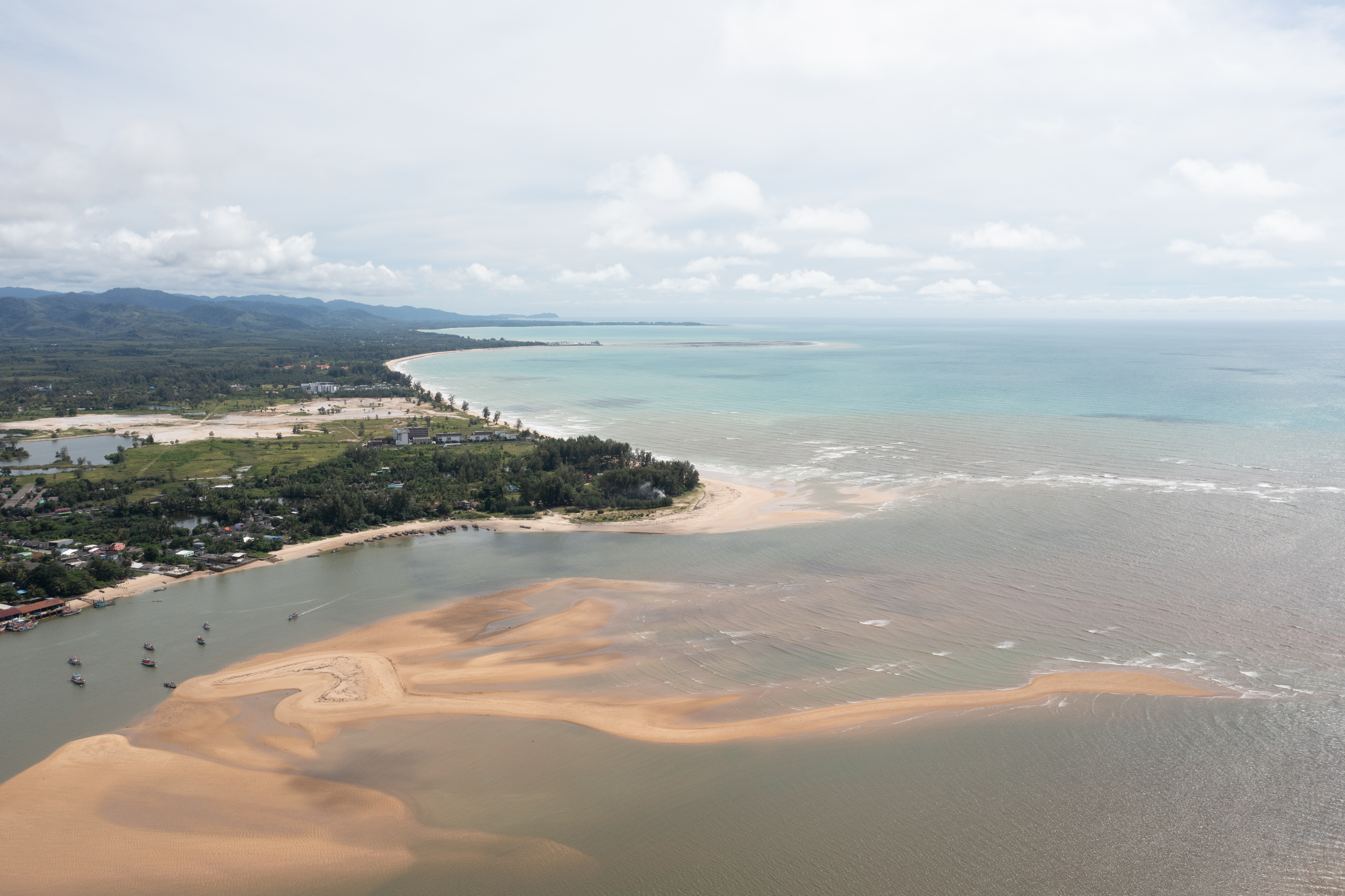
Two decades ago, Thailand’s coast was devastated by massive waves caused by a huge earthquake. While few physical reminders of the disaster remain, it is far from forgotten. Seven people from Thailand share their painful memories.
Nicolas Stoffel (63), restaurant owner in Phuket
As a young man, Nicolas Stoffel from canton Ticino planned to move to Australia. But he ended up in Phuket, where he became a diving instructor 37 years ago. The 2004 tsunami marked a turning point in his life, leading him to switch from diving to waiting tables.
Today, Stoffel runs the Sabai Corner restaurant, perched in the jungle 60 metres above sea level. He shares photo albums documenting the relief efforts he joined after the tsunami, including recovering bodies from as far away as Ko Phi Phi. “Someone had to do it,” Stoffel says. He worked tirelessly for months, helping with clean-up efforts.
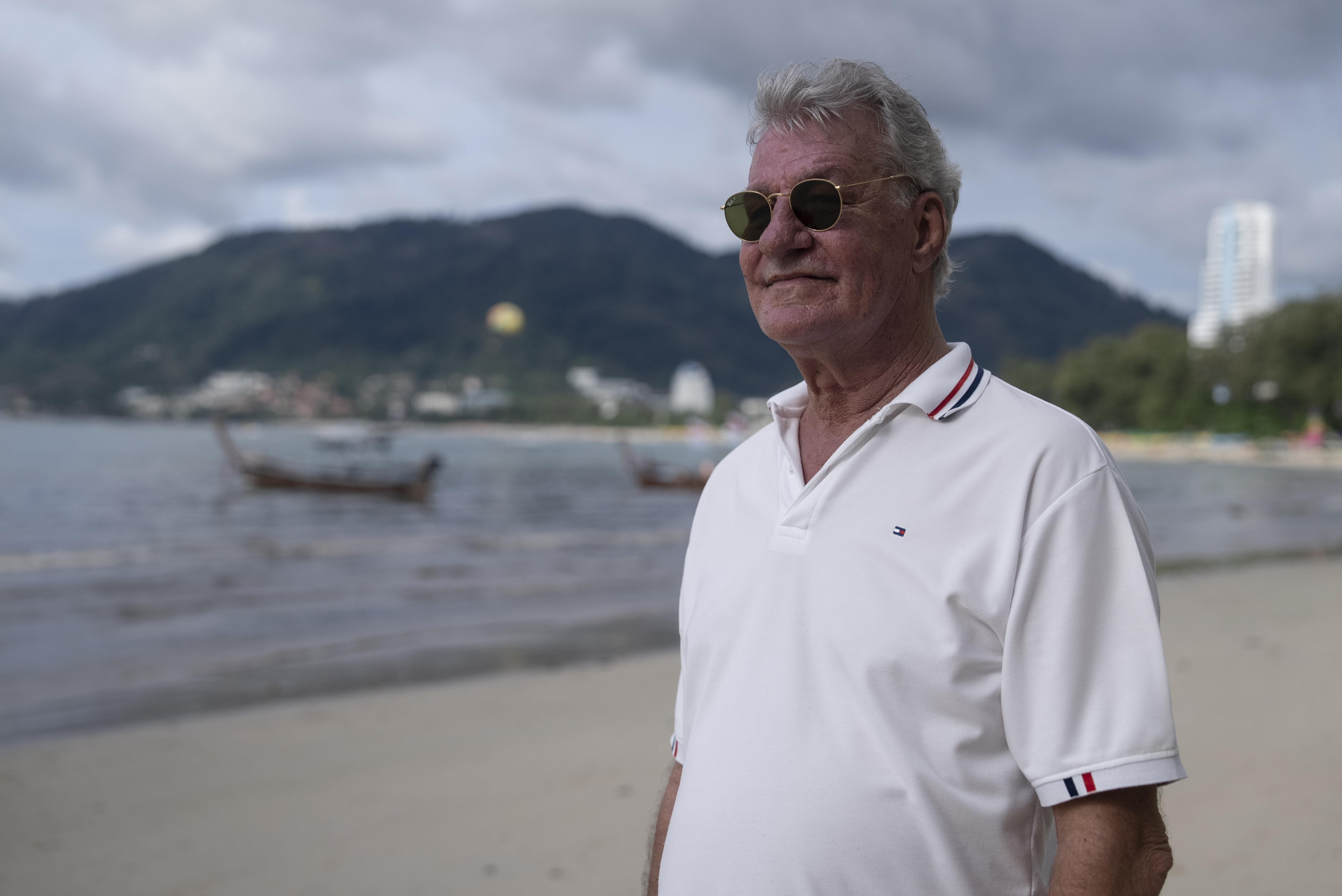
He vividly recalls the supermarket in the basement at Patong Beach, where many lost their lives, and the smell of 6,000 decomposing bodies in Khao Lak. The trauma drove him away from diving: “It was no longer fun, and the feeling underwater wasn’t the same,” he says. Now, he prefers to view the sea from his restaurant, at a safe distance. “I’d like to forget what I can never forget,” he says.
Solae Leebamrung (63), fisherman in Nairai
Fisherman Solae Leebamrung’s life remains much the same as it was before the tsunami. He lives and fishes in the same place but remembers the disaster vividly – the shaking coffee cups, how his mother was swept away but managed to swim, and how everything was gone after the wave. “I still remember every detail,” he says.
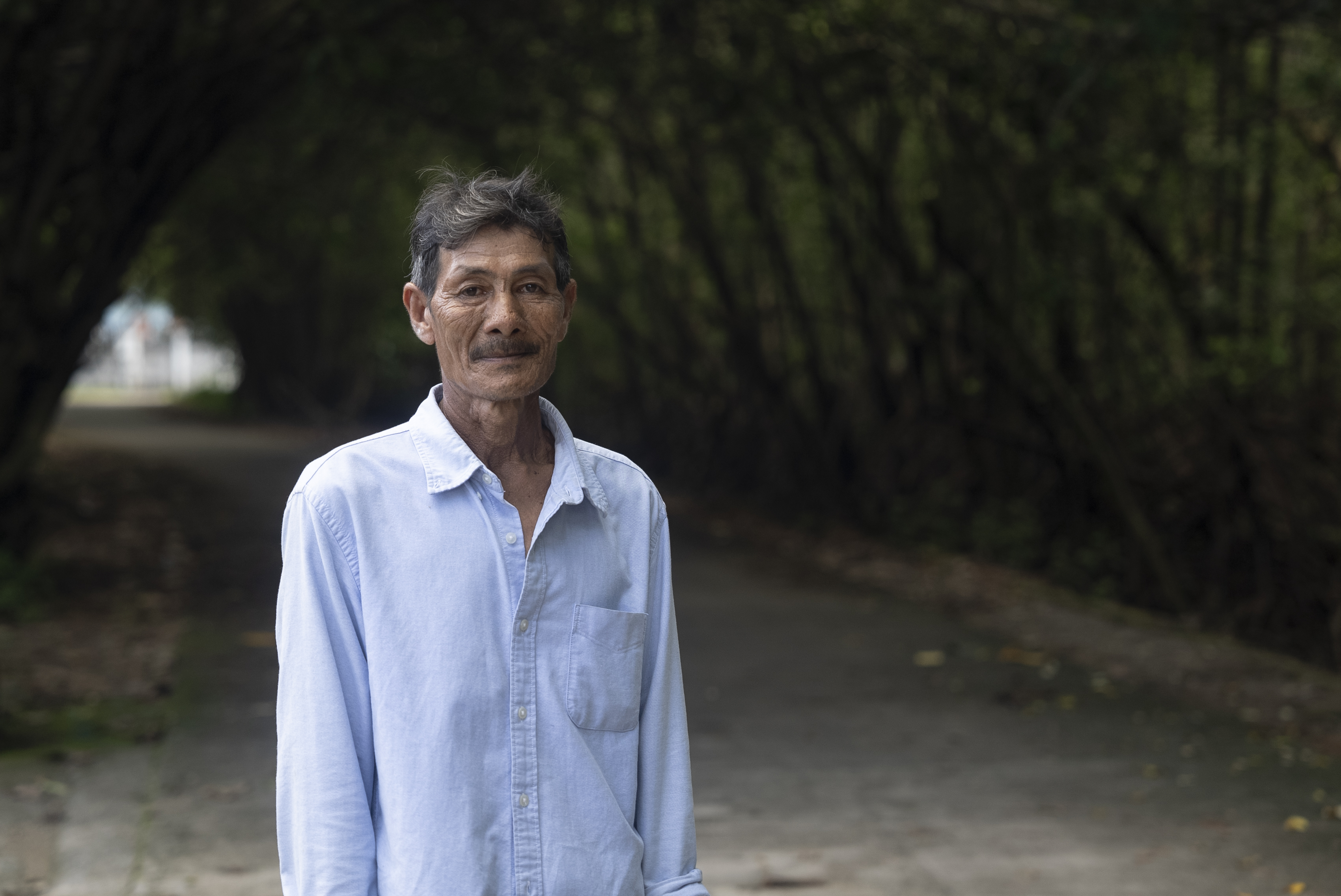
He returned to his village shortly after the tsunami. “It’s just nature,” he reflects. “What can you do but forget, look forward, and move on?” While he and his friends occasionally reminisce, they avoid dwelling on the past, as it’s too depressing. Instead, he focuses on work. “I’m not rich; I just work as a fisherman,” he says. “My life is like it was in the old days.”
Boontip Sa-ngo (54), sweet seller, Ko Phra Thong
The village where Boontip Sa-ngo used to sell sweets no longer exists; it is now overgrown with mangroves. She had a son who would have been 23 today. She was trying to save him as the wave – taller than the coconut palms – hit. She later found only his shirt. Her daughters avoided the sea for years, and her husband never spoke about the tsunami.
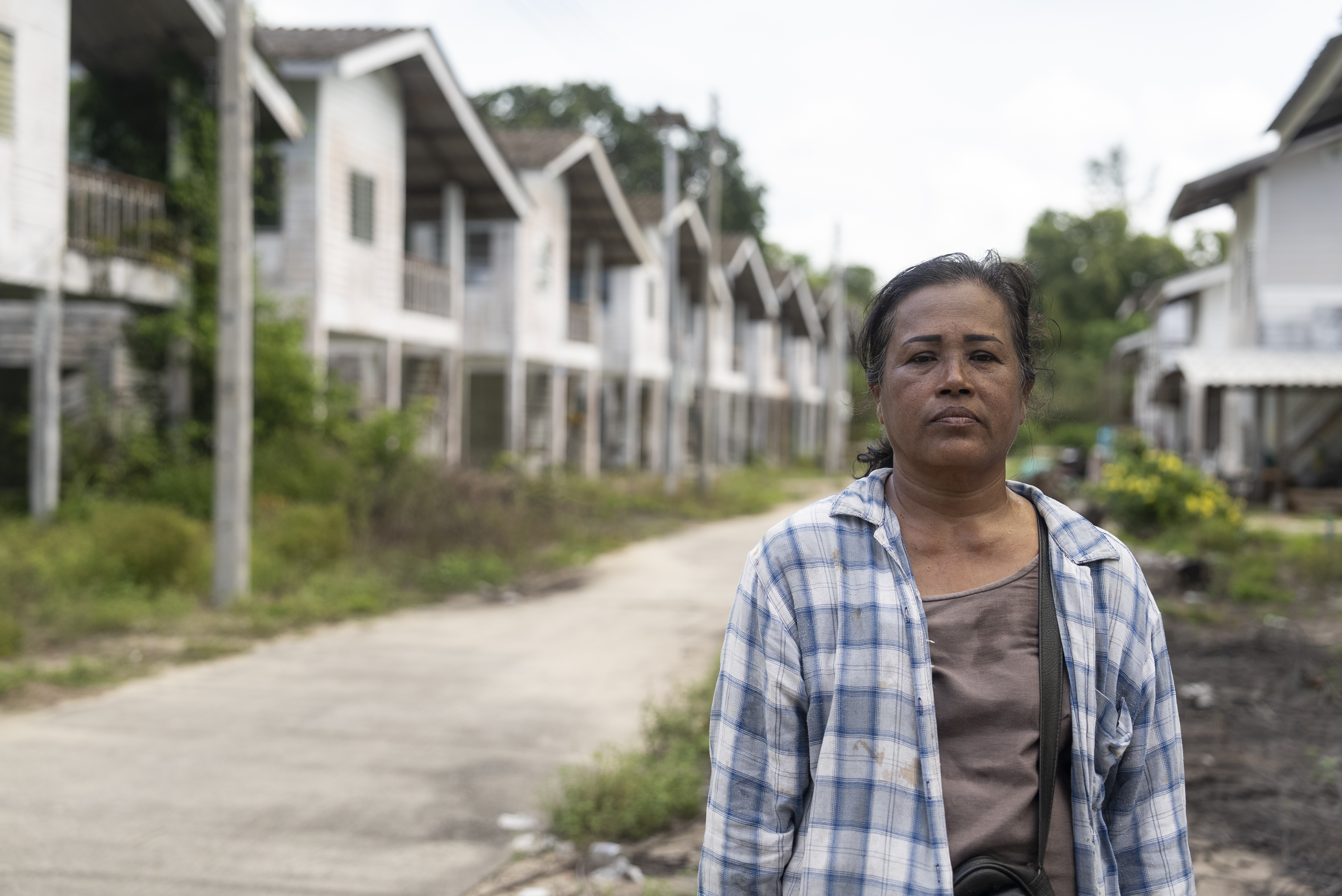
She recalls how a doctor distributed pills to help survivors sleep. “Many are still scared today,” she says. “The memories are still in their heads.”
Fear of another catastrophe looms large, and every visit to the island reminds her of the family she lost. “I’d like to return,” she says, “but it doesn’t feel safe.”
Wanchai Jitjareun (67), disaster relief worker, Ban Nam Khem
The fishing village of Ban Nam Khem lost about a quarter of its 4,000 residents, including many unnamed people and migrant workers. Wanchai Jitjareun lost numerous relatives, and life in the village changed drastically. The sandbanks shifted, and fishing boats can no longer anchor as they once did.
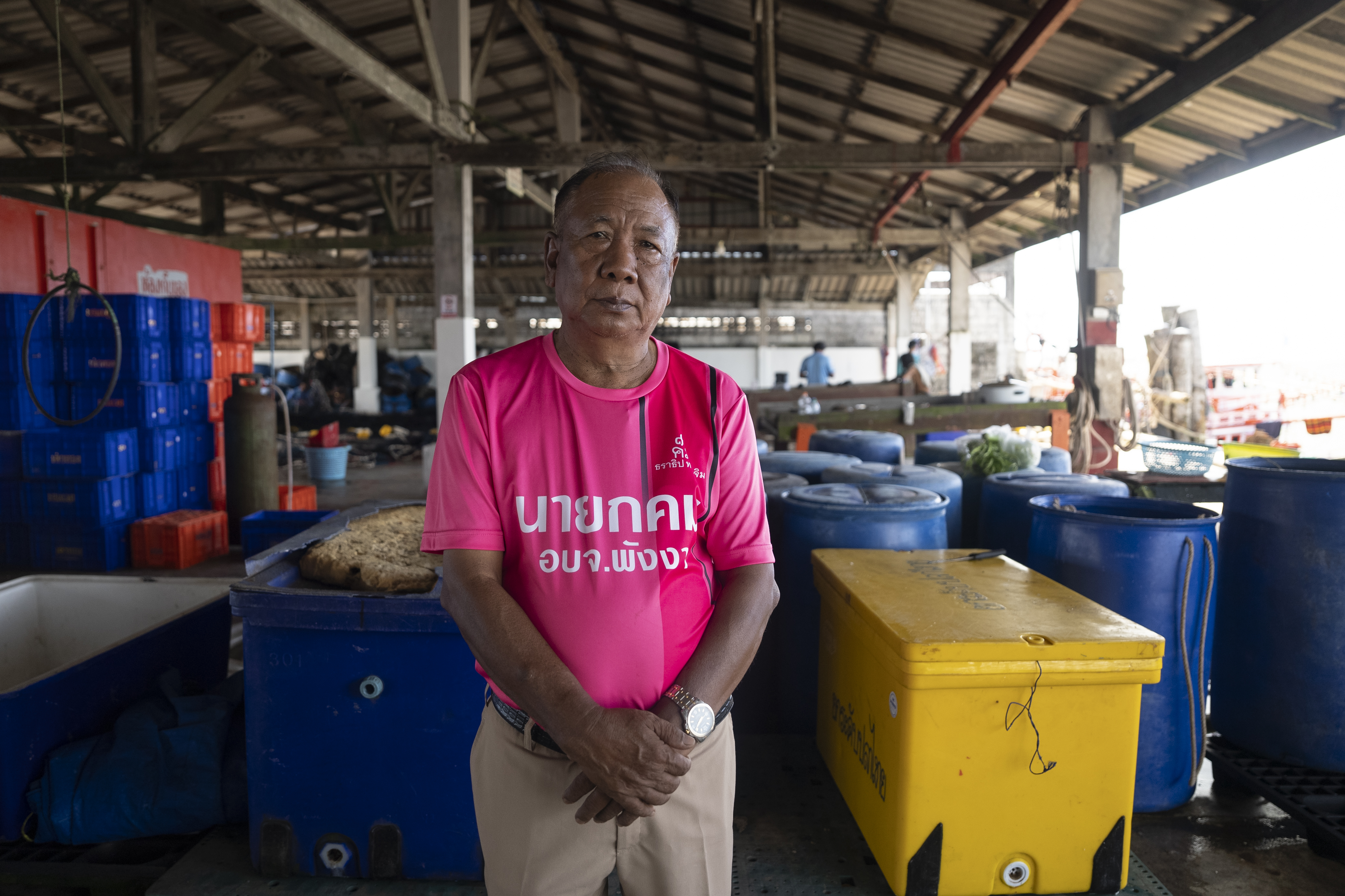
Jitjareun says there used to be 150 large fishing boats anchored here. “We who experienced the tsunami directly often think back to it and try to warn others today,” he says. The younger generation worries him. For them, it is already ancient history and they think that modern technology will help them in the event of a disaster.
Jitjareun heads a local disaster prevention team and tries to keep the awareness of tsunamis alive in the region. His grandchildren are in primary school. “I tell them the stories about the tsunami bit by bit,” he says. The topic is now included in school curriculums.
Arton Kitjapon (48), Abbot of Wat Rath Niramith, Ban Nam Khem
After the tsunami, monks, including Abbot Arton Kitjapon, managed the identification and care of hundreds of bodies under challenging conditions. “People believe even the dead eat,” he says, explaining how they prepared food for the deceased for three months in line with Buddhist principles. They prepared food for them every day. “We did that for three months. They are very depressing memories,” says Kitjapon.
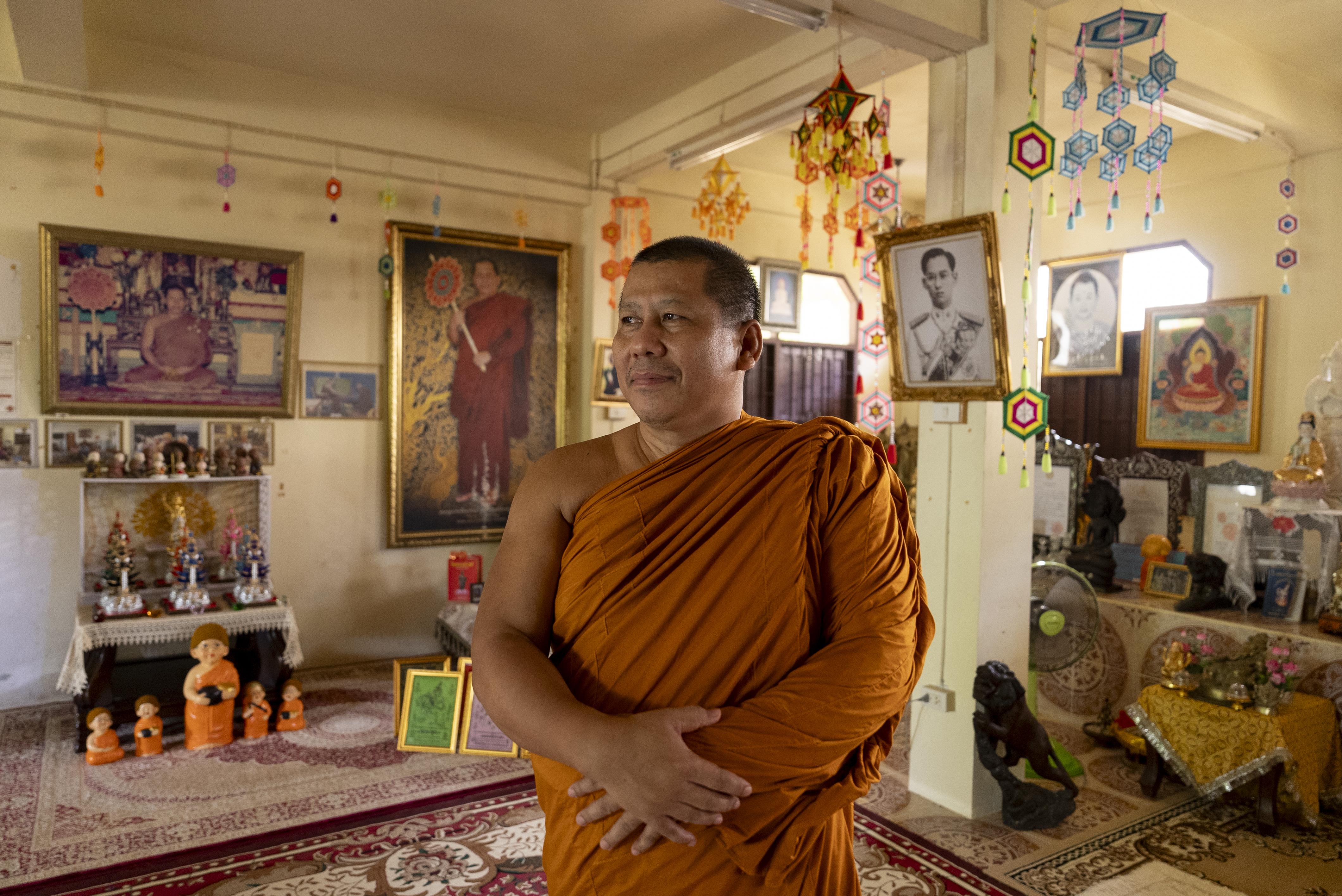
For two years, survivors came to the temple to mourn, pray, and process their grief. Over time, fewer returned, having found solace in Buddhist teachings. Activities like meditation and cleaning helped manage their losses. Christian organisations tried to convert survivors in the early days, but Buddhism ultimately provided deeper comfort. “Later, they came back to the temple,” says Arton.
Suporn Greuter (43), owner of Thai Helping Point, Wallisellen
Before the tsunami, Naiyang Beach in Phuket was home to fishermen’s huts and simple wooden bungalows. For Suporn Greuter, who grew up by the sea, it was her playground. At the age of 15, this is where she met her Swiss foster parents, who were looking for shells. “We didn’t even know the word tsunami back then,” she says. “It didn’t exist in the Thai language.”
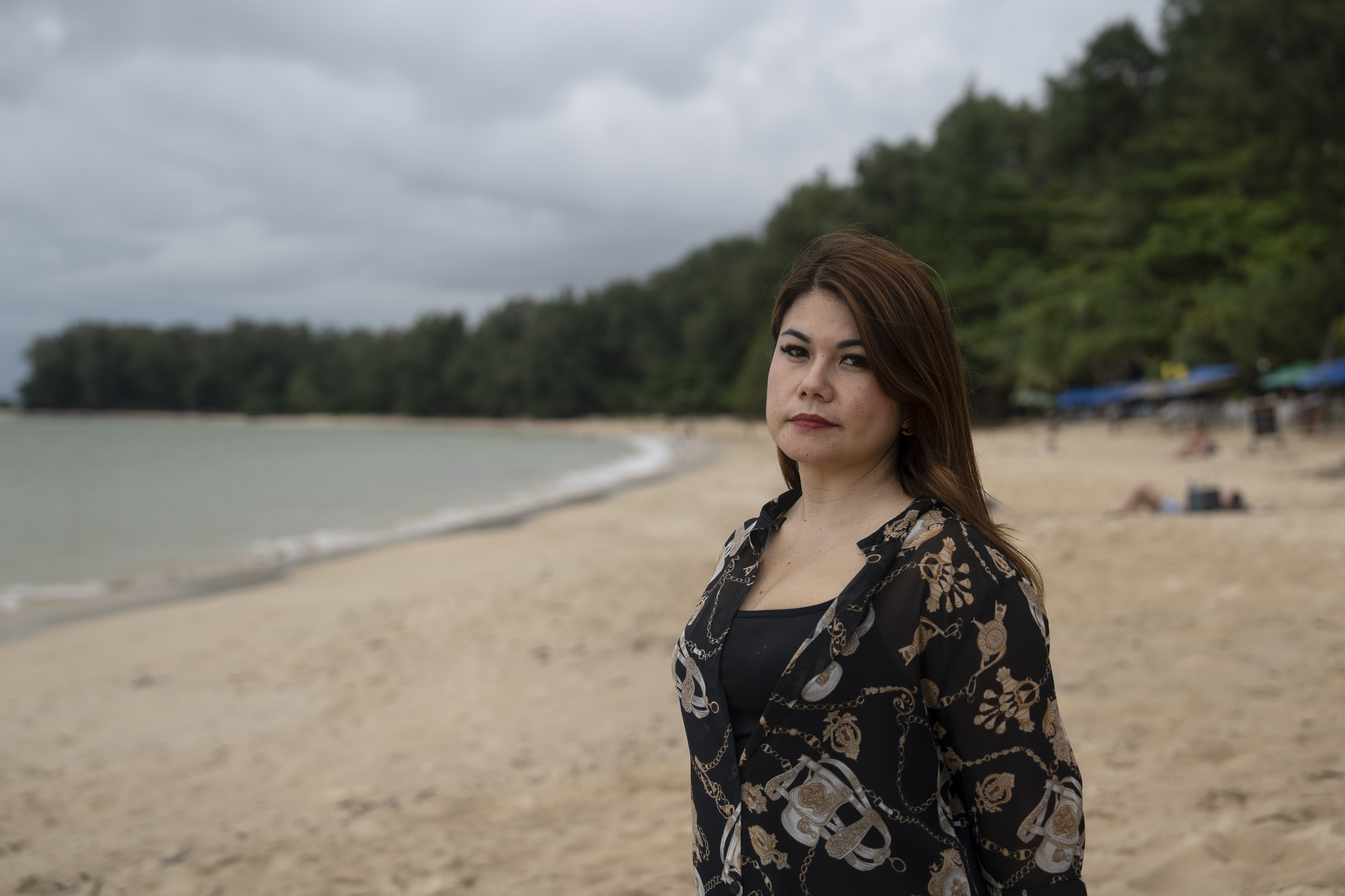
Greuter was living in Switzerland when the tsunami struck. Her foster parents called her immediately after seeing the news. She flew to Thailand with CHF20,000 ($22,299) to help and visit her relatives. “It was brutal, terrible,” she recalls. Only one person died on Naiyang Beach, but her brother and sister remain afraid to fish.
Today, she runs the Thai Helping Point in Wallisellen (canton Zurich) and Phuket, offering services like visa assistance and translations. She notes a transformation that has taken place in Thailand over the decades: “Where there used to be nature and trees, there are now hotels.”
Sonthaya Laolang (45), owner of Rimlay Bungalows, Phuket
It took five years for Sonthaya Laolang to recover emotionally. He vividly remembers the morning when the sea receded, leaving dried coral exposed. “It feels like yesterday,” he says.
At the time, no one understood what the retreating sea signified. After the disaster, he learnt that this apparently happens more often in Japan. Today, the fear has subsided, but a sense of caution remains. Hotels, businesses and schools conduct regular tsunami drills, and sirens are tested weekly.
And even now, an unusually low tide raises alarm. “The state of alert has stayed with us,” he says.
Translated from German using DeepL/amva

In compliance with the JTI standards
More: SWI swissinfo.ch certified by the Journalism Trust Initiative

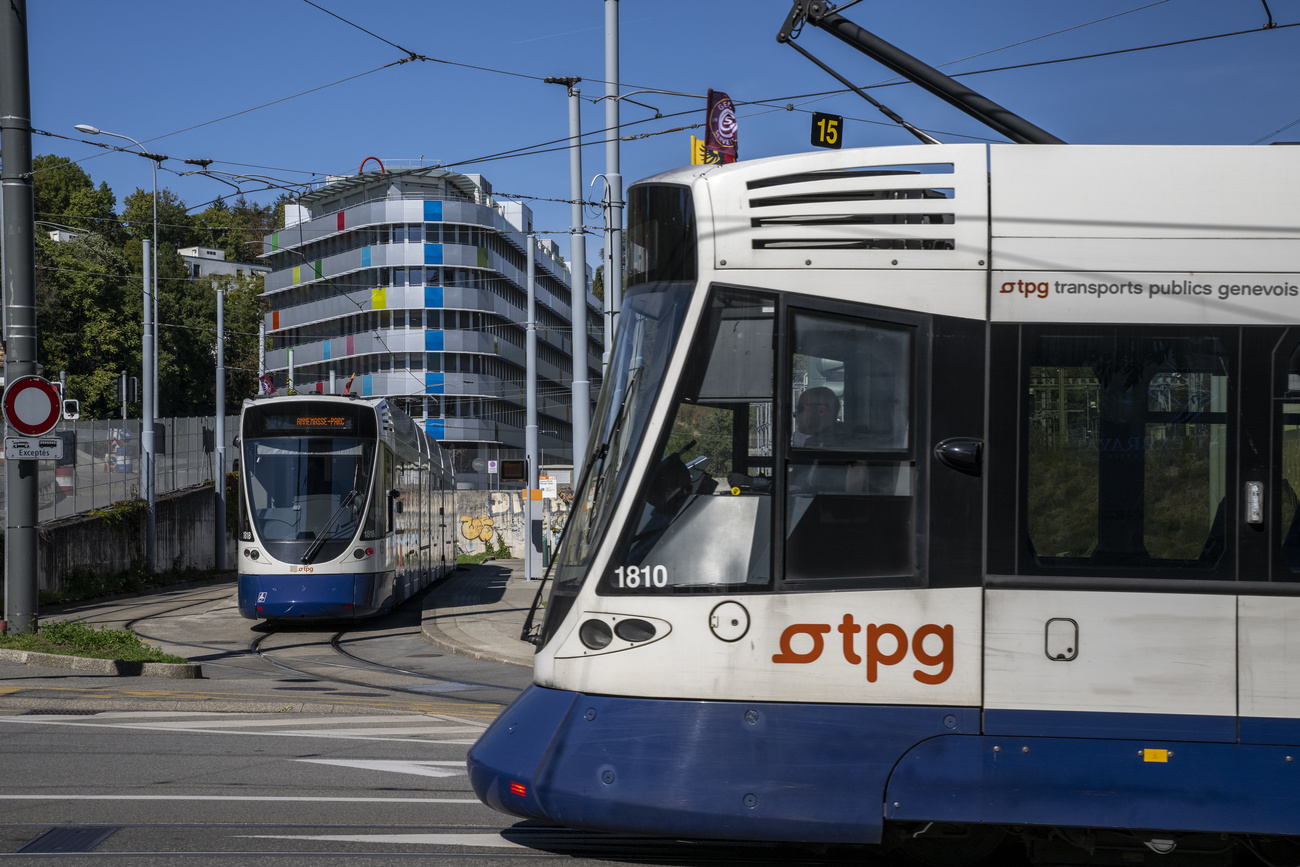






You can find an overview of ongoing debates with our journalists here . Please join us!
If you want to start a conversation about a topic raised in this article or want to report factual errors, email us at english@swissinfo.ch.